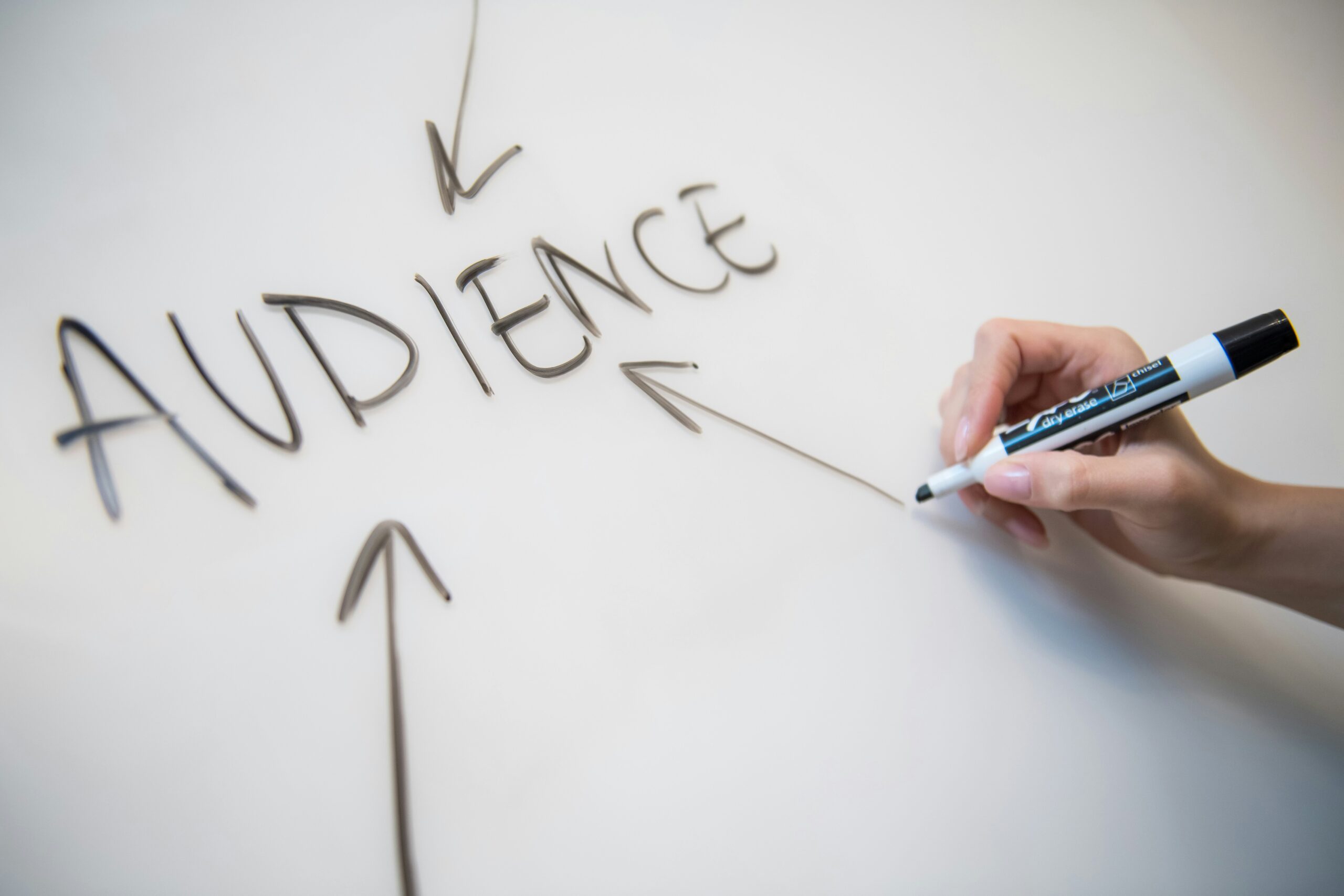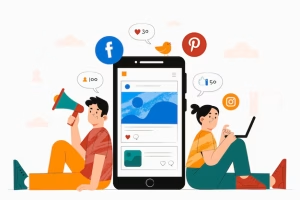Key Points
- Empathetic Digital Presence: A user-friendly website with clear, compassionate content and optimized SEO connects deeply with those seeking help, prioritizing trust over search rankings.
- Authentic Recovery Stories Build Trust: Sharing anonymized success stories on social media and websites inspires hope, fostering engagement and credibility.
- Inpatient Rehab’s Proven Effectiveness: Medically supervised inpatient programs offer structured, 24/7 care, delivering superior outcomes for addiction recovery.
- Local SEO Targets Ready Clients: Optimizing for local searches like “drug rehab near me” ensures visibility to those actively seeking treatment in your area.
- Data-Driven Marketing Refines Reach: Using analytics tools like Google Analytics to track user behavior sharpens campaigns, maximizing impact and conversions.
Introduction
Marketing a drug and alcohol treatment center is a unique challenge that blends empathy, strategy, and precision. Unlike typical businesses, rehab centers must reach individuals in crisis, offering hope while building trust. Effective marketing not only boosts visibility but also ensures those struggling with addiction find the support they need. This article outlines the 10 best ways to market drug rehab centers, leveraging digital strategies, community engagement, and industry best practices. From optimizing online presence to fostering authentic connections, these methods help centers like Clear Path Treatment Solutions guide individuals toward recovery.
1. Optimize Your Website for Empathy and Accessibility
A rehab center’s website is often the first point of contact for those seeking help. It must be empathetic, easy to navigate, and optimized for search engines. Google’s SEO guidelines emphasize unique, descriptive page titles and meta descriptions for each page to enhance visibility. For example, a homepage title like “Clear Path Treatment Solutions – Compassionate Addiction Recovery” communicates purpose and care.
Best Practices
- Unique Content: Create distinct titles and meta descriptions for each page, avoiding vague terms like “Rehab Services” to stand out.
- User-Centric Design: Ensure intuitive navigation and compassionate messaging to resonate with users in distress.
- Mobile Optimization: Use mobile-friendly formats like XHTML Mobile, as many users search for help on phones.
- Clear Calls to Action: Include prominent contact forms and helplines to encourage immediate outreach.
A well-optimized site builds trust and improves search visibility, making it easier for those in need to find your services.
2. Leverage Local SEO for Targeted Visibility
Local SEO ensures your rehab center appears in searches like “drug rehab near me.” Registering on Google My Business, as recommended in SEO guidelines, helps your center show up in Google Maps and local results, crucial for community-based clients.
Strategies
- Keyword Focus: Target local terms like “inpatient rehab [city name]” to attract nearby searchers.
- Google My Business: Claim and optimize your listing with accurate details, photos, and reviews.
- Local Content: Publish blogs about local recovery resources or events to boost relevance.
- XML Sitemap: Submit a sitemap via Google Webmaster Tools to ensure all pages are indexed.
Local SEO drives targeted traffic, connecting you with individuals ready to seek treatment in your area.
3. Share Authentic Recovery Stories
Sharing anonymized success stories humanizes your center and inspires hope. These stories, posted on your website or social media, showcase real outcomes while respecting privacy. Google’s emphasis on quality content suggests that authentic storytelling enhances user engagement and trust.
Implementation
- Blog Posts: Write detailed recovery journeys, highlighting challenges and triumphs.
- Video Testimonials: Create short, anonymized video stories to engage visual learners.
- Social Media: Share snippets on platforms like Instagram or Facebook to spark interaction.
- Ethical Storytelling: Ensure stories are genuine and HIPAA-compliant to maintain trust.
Authentic stories resonate deeply, encouraging potential clients to take the first step.
4. Engage Through Social Media Communities
Social media platforms like Facebook, Instagram, and X are powerful tools for building supportive communities. Posting educational content, recovery tips, and live Q&As with experts reduces stigma and fosters engagement, aligning with Google’s promotion strategies.
Tactics
- Educational Posts: Share infographics on addiction recovery or treatment options.
- Private Groups: Create support groups for alumni or families to nurture ongoing connections.
- Live Sessions: Host Q&As with counselors to address common concerns.
- Balanced Promotion: Avoid over-posting promotional content to maintain authenticity.
A vibrant social media presence builds trust and encourages community-driven referrals.
5. Build Community Partnerships
Offline engagement strengthens your center’s reputation. Partnering with local organizations, sponsoring events, or hosting awareness seminars positions your center as a trusted resource. Google’s SEO guide highlights the value of offline promotion, like including URLs on business cards or newsletters.
Community Strategies
- Event Sponsorship: Support local health fairs or recovery walks to gain visibility.
- Healthcare Partnerships: Collaborate with hospitals or therapists for referrals.
- Media Outreach: Share press releases about new programs with local outlets.
- Ethical Link-Building: Avoid spammy link purchases to protect your reputation.
Community ties drive word-of-mouth marketing and enhance credibility.
6. Why Inpatient Medically Assisted Rehab is the Best Solution
Inpatient medically assisted rehab is the gold standard for managing addiction, particularly for severe cases. This approach provides 24/7 medical supervision, a structured environment, and comprehensive care, leading to higher success rates than outpatient programs.
Benefits
- Medical Oversight: Doctors and nurses manage withdrawal symptoms, ensuring safety.
- Structured Setting: Removes triggers, allowing focus on recovery.
- Holistic Care: Combines therapy, counseling, and medical treatment for lasting change.
- Peer Support: Living with others in recovery fosters accountability and motivation.
Studies show inpatient rehab significantly reduces relapse rates, especially for those with co-occurring disorders. By offering a safe, immersive environment, it equips individuals with tools for sustained sobriety.
7. Utilize Paid Advertising with Care
Paid ads, like Google Ads, can boost visibility for competitive keywords like “drug rehab.” However, they must be targeted and empathetic to avoid seeming exploitative. Google’s SEO guide notes that paid ads don’t affect organic rankings but can complement them.
Ad Strategies
- Geo-Targeting: Focus ads on local areas to reach relevant audiences.
- Empathetic Messaging: Use compassionate language like “Find Hope Today” in ad copy.
- Landing Pages: Direct ads to dedicated, optimized landing pages for conversions.
- Budget Monitoring: Track ad performance to ensure cost-effectiveness.
Carefully crafted ads amplify reach while maintaining trust.
8. Create High-Quality Educational Content
Publishing blogs, guides, and videos about addiction and recovery establishes your center as an authority. Google’s SEO guide stresses unique, valuable content to improve rankings and user trust.
Content Ideas
- Guides: Write in-depth guides on detox or therapy options.
- Blogs: Cover topics like “Signs of Addiction” or “Family Support in Recovery.”
- Videos: Produce short explainers on treatment processes.
- Heading Tags: Use H1 and H2 tags, as Google suggests, to structure content clearly.
Quality content educates and attracts organic traffic, building long-term trust.
9. Harness Analytics for Smarter Marketing
Analytics tools like Google Analytics and Webmaster Tools provide insights into user behavior, helping refine marketing efforts. Google’s guide highlights tracking top search queries and page performance to optimize campaigns.
Analytics Tactics
- Track Behavior: Monitor page visits and bounce rates to identify popular content.
- Keyword Insights: Discover new search terms like “detox near me” to target.
- Test Changes: Use Google Website Optimizer to experiment with page variations.
- Conversion Tracking: Measure calls or form submissions to gauge campaign success.
Data-driven marketing ensures resources are used effectively to reach those in need.
10. Maintain Ethical Marketing Practices
Ethical marketing is critical in the sensitive field of addiction treatment. Avoid aggressive tactics or misleading claims, as Google’s guidelines warn against spammy practices that harm reputation.
Ethical Practices
- Transparency: Clearly outline services and costs on your website.
- Avoid Cloaking: Ensure the same content is shown to users and Googlebot to avoid penalties.
- Nofollow Links: Use rel=”nofollow” for untrusted user-generated links, as Google suggests.
- Compliance: Adhere to HIPAA and advertising regulations for trust and legality.
Ethical marketing builds lasting credibility, ensuring your center remains a beacon of hope.
How Clear Path Treatment Solutions Can Help
Clear Path Treatment Solutions specializes in digital marketing for drug and alcohol treatment centers, helping them connect with those seeking recovery. Our services include SEO optimization, content creation, social media management, and analytics-driven campaigns tailored to the unique needs of rehab centers. We also provide an in-house call center staffed with trained admissions professionals who handle inquiries with empathy and expertise, ensuring potential clients receive immediate, compassionate support. Our clear and transparent model offers clients full visibility into our strategies, costs, and performance metrics, fostering trust and accountability. By prioritizing empathetic, ethical strategies, Clear Path ensures your center reaches those in need effectively, guiding them toward lasting recovery.
FAQs
Q: How can a rehab center differentiate itself in marketing?
A: Focus on authentic storytelling, local SEO, and empathetic content to build trust and visibility.
Q: Why is inpatient rehab the best option?
A: It offers 24/7 medical care, a structured environment, and comprehensive therapy, leading to higher recovery success rates.
Q: How does SEO benefit rehab centers?
A: SEO increases organic visibility for relevant searches, making it easier for those seeking help to find your services.
Q: What role does social media play?
A: It fosters community, reduces stigma, and engages audiences with educational and inspiring content.
Q: How can analytics improve marketing?
A: Analytics track user behavior and campaign performance, allowing data-driven refinements for better reach.
Conclusion
Marketing a drug rehab center requires a blend of compassion, strategy, and ethics. By optimizing websites, leveraging local SEO, sharing authentic stories, and using data-driven insights, centers can connect with those in need. Inpatient medically assisted rehab stands out as the most effective treatment, offering unparalleled support for recovery. Clear Path Treatment Solutions empowers centers with tailored digital marketing, an in-house call center, and a transparent approach, ensuring they amplify their impact and guide individuals toward a brighter, addiction-free future.





